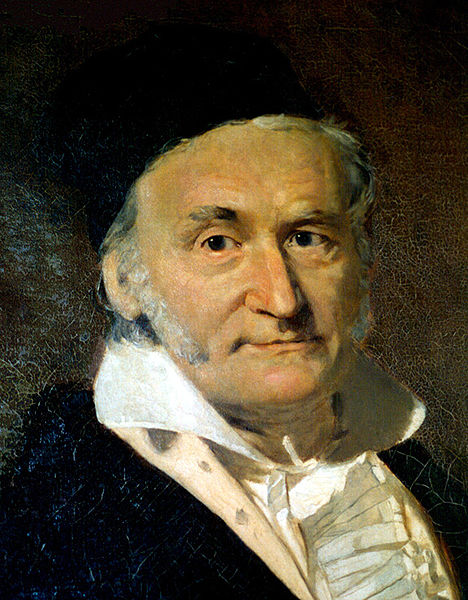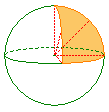
Gauss is considered to be one of the greatest mathematicians who ever lived and is sometimes referred to as the prince of mathematics.
He is known most for his contributions to the field of number theory and differential geometry.

Gauss' Idea
The solution to this problem came from German mathematician Johann Carl Friedrich Gauss (1777-1855).
What Gauss came up with was a measure for the curvedness of a general surface. Though it can very easily become an extremely complicated idea to grasp, we will take it easy and examine it one step at a time.
Let's say we have a surface that has a boundary (i.e. not a closed surface such as a sphere) that is smooth (i.e. no sharp corners) and that has no holes.
Imagine taking the normal line at a point on this surface, and then moving it across the entire surface (keep in mind that the line will change direction as it moves across the surface so that it always remains perpendicular to the surface at that point).
Now imagine a sphere with a radius of one (this type of sphere is called the unit sphere). Draw an arrow and anchor the tail of this arrow to the center of the sphere.
Now allow the head of this arrow to mimic the movements of the normal line on the surface that we examined earlier (so that as the normal line sways to remain normal to the surface at each point, the arrow sways accordingly). If we move the normal line across the boundary of the surface we will sumultaneously inscribe this border on the inside of the sphere with the arrow that we have drawn inside it.
The area of the surface that we trace out within the sphere is what is called the Gaussian curvature.